Art World
Indianapolis’s Biggest Art Museum Is Replacing Its Contemporary Galleries With an Immersive Van Gogh-Themed Light Show
The project launches next summer.
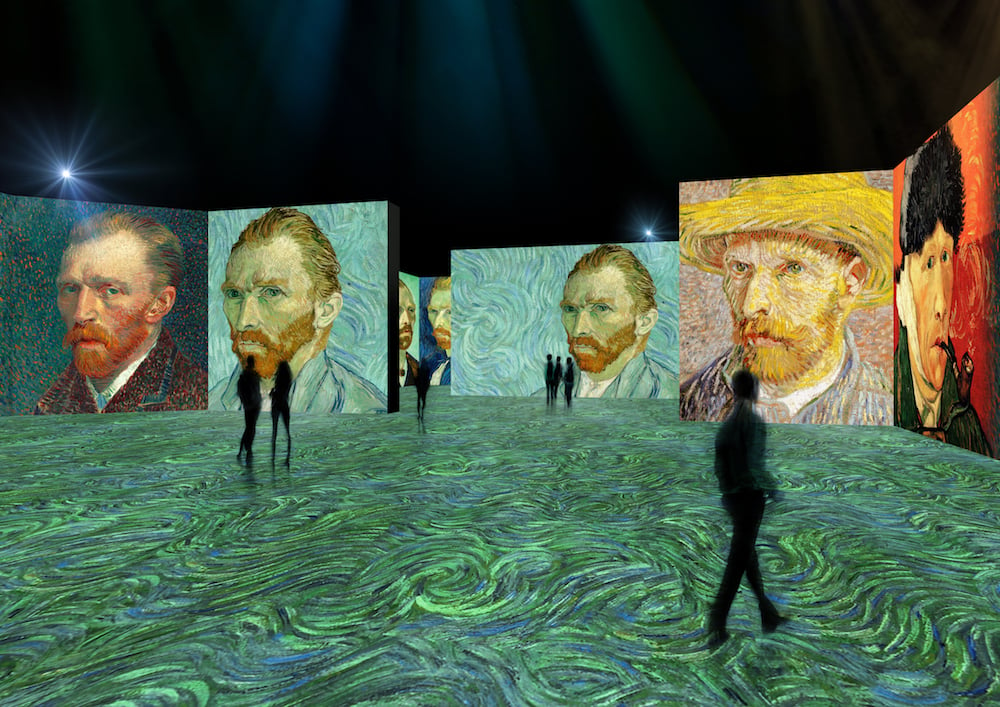
The project launches next summer.

Eileen Kinsella

Indianapolis’s Newfields is taking a page from Emily in Paris.
In an episode of the hit Netflix series, transplanted Midwesterner and Instagram professional Emily (Lily Collins) goes to soak up the best of Parisian culture with her friends. Fittingly, the trio end up not at any of Paris’s famous museums, but at the Atelier des Lumières, a space that specializes in immersive, Instagram-friendly light environments based on art. There, they canoodle inside a light-show version of Vincent van Gogh’s The Starry Night.
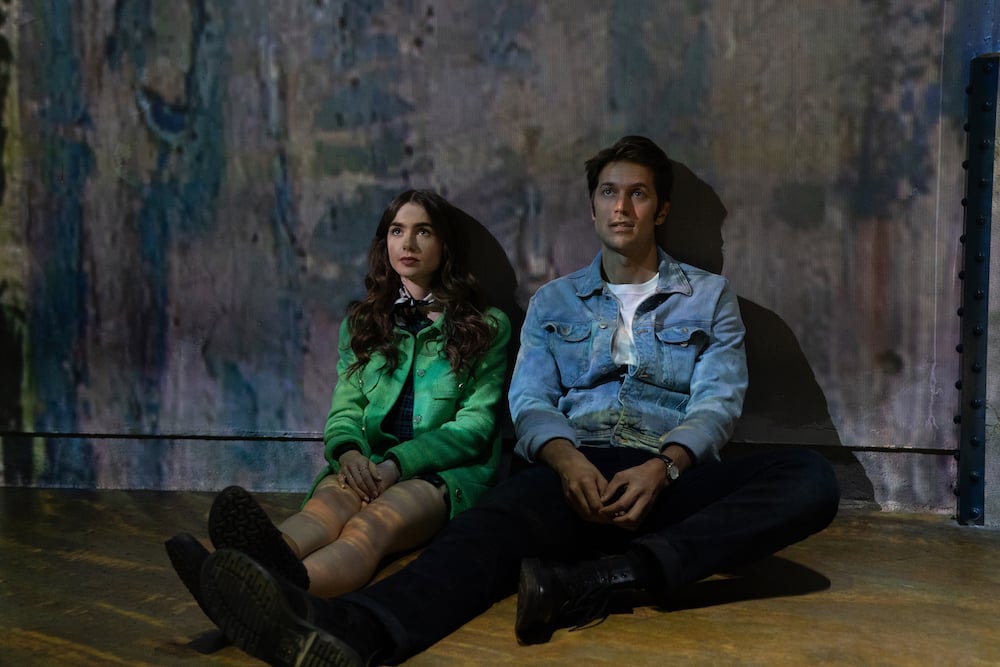
Emily In Paris (L to R) Lily Collins as Emily and Lucas Bravo as Gabriel in episode 105 of Emily In Paris. Photo by Stephanie Branch Netflix © 2020
Now, in a move sure to spark plenty of debate, Charles Venable, CEO and director of Newfields (formerly the Indianapolis Museum of Art) is removing his institution’s floor of contemporary art to replace it with the LUME, a Van Gogh-themed animated environment very similar to the one that thrilled Emily and friends.
The initiative is billed as “the largest exhibition experience in Newfields’s 137-year history” and promises to “transform two-dimensional paintings into a three-dimensional world that guests can explore through all their senses.” It is set to debut next summer.
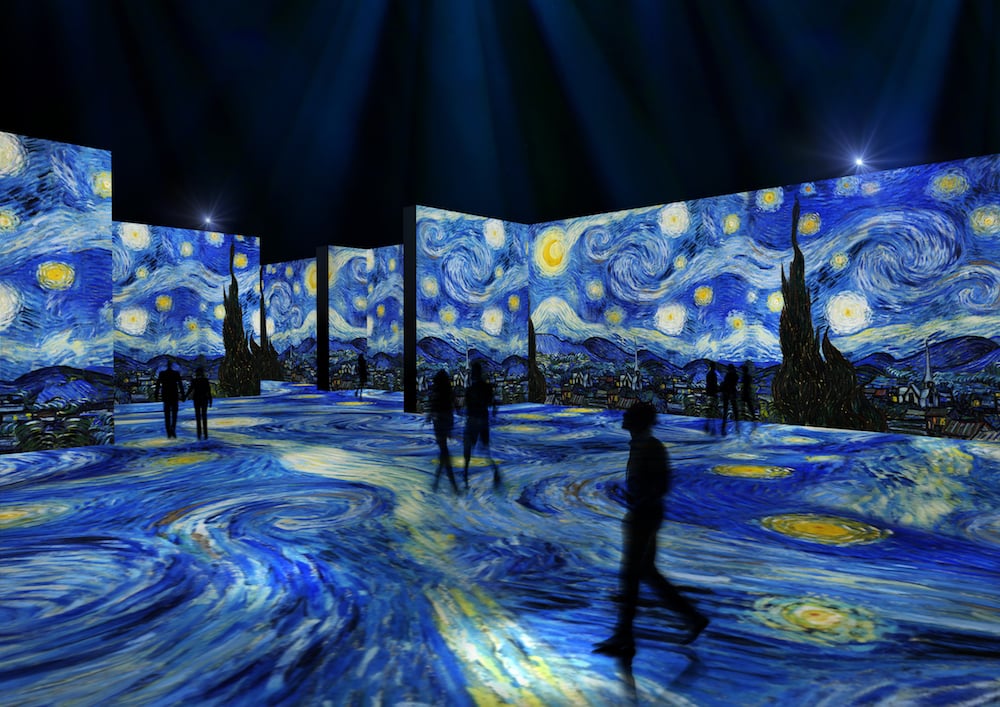
Van Gogh painting at the LUME at the Indanapolis Museum of Art. Image courtesy Newfields, Indianapolis.
Venable is well aware of Emily in Paris. But he says that his interest in this kind of installation dates back much further. He personally encountered “digital mapping technology choreographed to music and works of art” more than five years ago at a Chagall show in Les Baux du Provence, in the South of France.
“I saw a brochure for it and I thought, ‘Oh I don’t know if I’m going to like this,'” he told Artnet News. “Frankly, I was mesmerized. It was a program on Chagall in this incredibly dark space and all of a sudden these projectors came up and you could just walk through it.”
Ever since that experience, Venable has been paying attention to the growing genre of art-themed immersive installations and how deeply they seem to be resonating with audiences.
“The opportunities here must be enormous,” Venable recalled thinking while watching crowds flock to “North Forest Lights” at the Crystal Bridges Museum of Art in Bentonville, Arkansas, and line up in the rain in the dark to see “Foresta Lumina” in Coaticook, Canada.
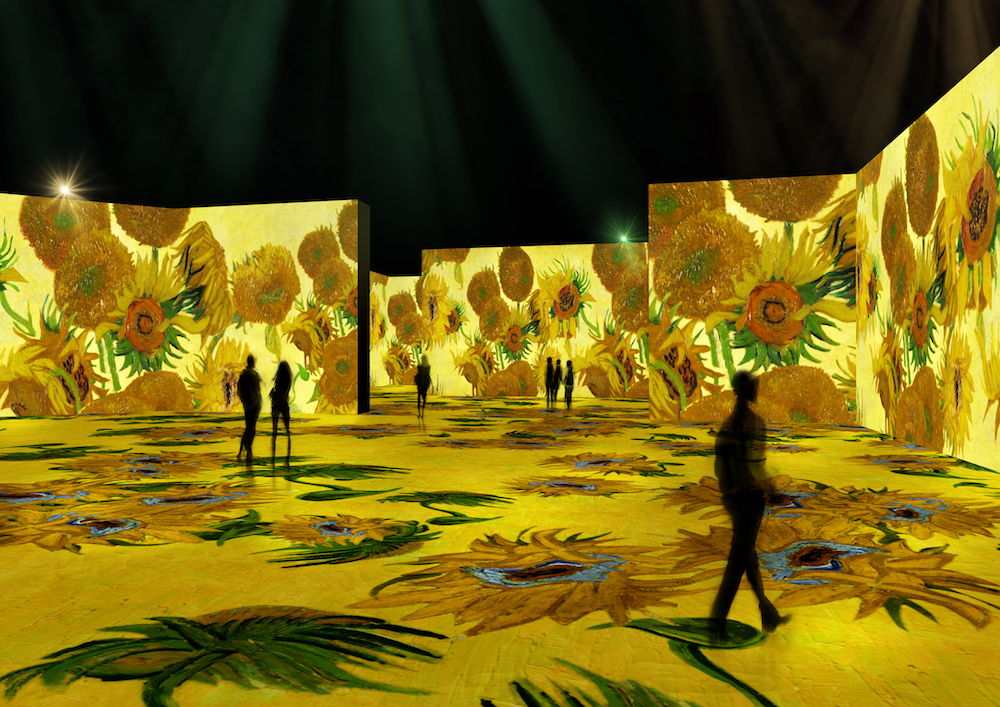
Van Gogh painting at the LUME at the Indanapolis Museum of Art. Image courtesy Newfields, Indianapolis.
Now, following years of planning and working with Melbourne, Australia-based Grande Experiences, the LUME will feature nearly 30,000 square feet of new immersive digital art galleries that will permanently occupy the fourth floor of the Indianapolis museum’s galleries. It involves approximately 150 state-of-the-art high-definition projectors that will splash nearly 3,000 moving images of Van Gogh painting across the walls, ceilings, and floors of the gallery.
The contemporary art that has long been housed there on the fourth floor will be redistributed throughout the museum. That move is already drawing fire from some detractors—but Venable is undaunted.
He pointed to the museum’s adjacent botanical garden, where a harvest festival, which included projection mapping on one of the historic houses, just wrapped.
“We sold 50,000 tickets,” he said. “We have an Edward Hopper exhibition up right now—and I can guarantee you we won’t get 50,000 people to go see Hopper.”

Harvest Days at Newfields. Image courtesy Newfields.
Venable cited one National Endowment for the Arts (NEA) survey showing that 76 percent of Americans never go to art museums. He argues that other museums have to follow Newfields in “taking the plunge” to expand the museum audience by any means possible.
The initial cost for the new installation of roughly $7 million, including $2 million for technology expenses, was covered by a grant from the Lilly Endowment. After that, the museum will be reliant on ticket sales—at an estimated cost of $25 per ticket—to cover annual operating expenses, including licensing fees for images.
Newfields is already planning a retail shop and a Van Gogh-related menu in their cafe. “We’re not sure if we’ll have a ‘bloody ear’ cocktail or anything,” Venable joked, “but there will be a theme.”
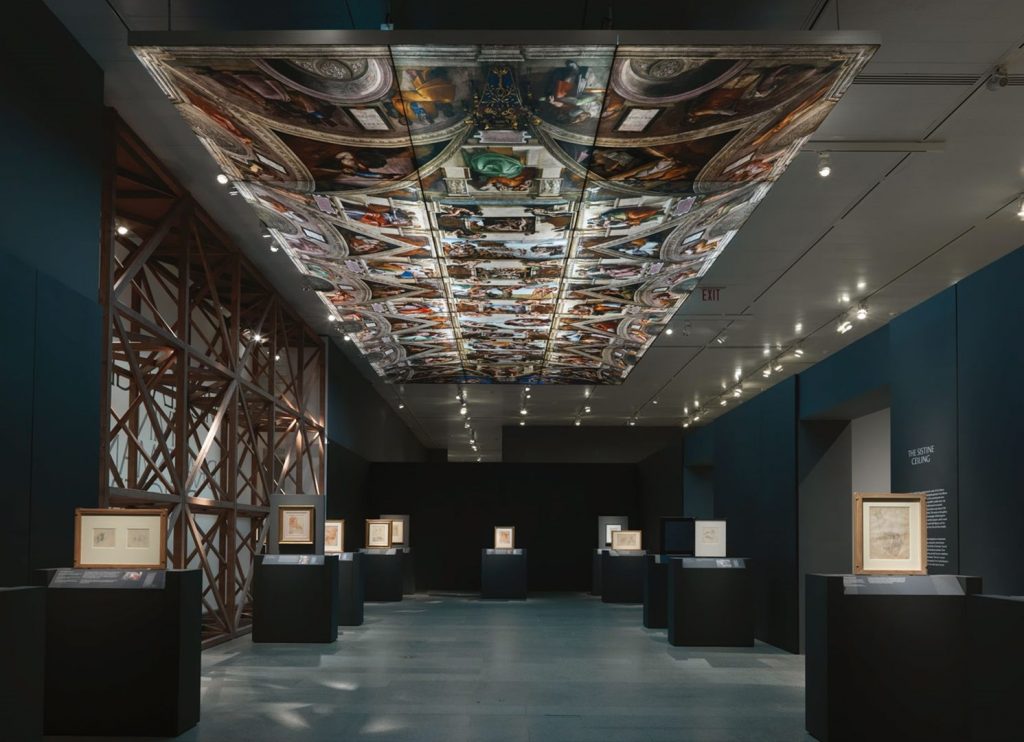
Recreation of the Sistine Chapel at the Metropolitan Museum of Art. Image courtesy the Metropolitan Museum of Art during “Michelangelo: Divine Draftsman and Designer.”
Calling the LUME “the wave of the future,” Venable says traditional exhibitions have become prohibitively expensive. Only the top museums can afford blockbusters like the Metropolitan Museum of Art’s recent crowd-pleasing “Michelangelo: Divine Draftsman and Designer” show in New York.
“I’m never going to be able to do that in Indianapolis because I can’t spend $2-to-3 million on a single show that’s going to be up for three months,” he says. “And I probably can’t get the art loans either.”
Yet at the same time, he sees a precedent for the LUME in the quarter-scale reproduction of Michelangelo’s 1,754-square-foot Sistine Chapel ceiling fresco included that the Met included in its Michelangelo show.
“The Met can’t borrow the Sistine ceiling either. But if you have the technology you actually can show people a close-up and personal view of Michelangelo’s greatest masterpiece.”
Venable hopes to use the LUME’s technological environment to show “truly great art that we could never be able to borrow.”
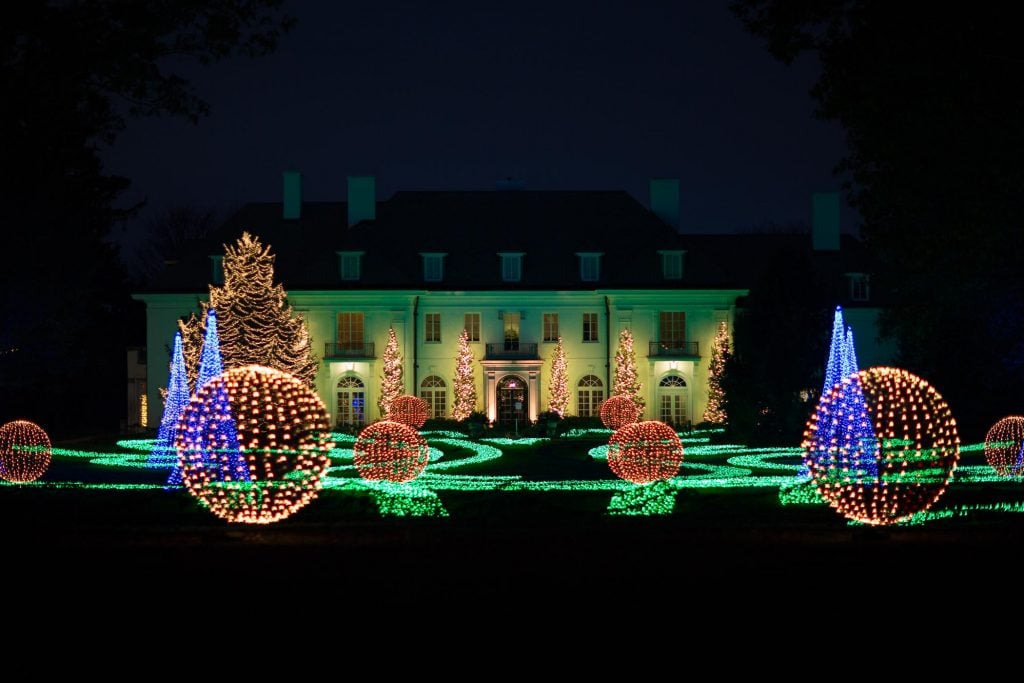
“Winterlights” at Newfields. Image courtesy Newfields.
In the past, Venable has faced criticism for trading out the museum’s scholarly programming for installations like “Winterlights,” a display of Christmas lights.
“I’m not necessarily opposed to something like the LUME—or I wouldn’t be, if it didn’t cut off the entire fourth floor where the contemporary art was,” local journalist Dan Grossman told Artnet News.
Bringing it into the museum “starts to challenge the mission of the museum in certain respects,” he adds.
But Grossman questioned the long-term validity of the LUME as a money-making venture, based on how many repeat visitors the show will generate, given its year-long exhibition time frame.
Venable insists there is a business plan in place. The museum also plans to reach beyond Indianapolis, marketing the experience in Chicago and throughout the Midwest.
Venable says he is not surprised at pushback from purists who insist that the LUME is not “real art.”
His response? “I wouldn’t have a PhD in art history if it wasn’t for looking at reproductions in Helen Gardner’s history of art.”